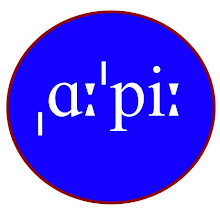The syllabic nasal /N/ (ん) in Japanese is a well-known source of negative transfer for the Japanese learner of English. It is normally represented as ‘n’ in Roman orthography, but its actual place of articulation is entirely dependent on that of the following sound. Thus, for example, sanpo /saNpo/, sontoku /soNtoku/, and onkai /oNkai/ are pronounced [sam:po], [son:toku], and [oŋ:kai] respectively, the place of articulation of /N/ assimilating to that of the following consonant. Since this type of regressive assimilation occurs for English /n/ too, things may not appear to be much of a problem so far.
When a vowel or semi-vowel follows it, it becomes a centralised close vowel [i] or [ʉ] with complete nasalisation, i.e. honya /hoNja/ → [hoi~ ya], hon’i /hoNi/ → [hoi~ i], kanwa /kaNwa/ → [kaʉ~ wa], etc. The problem is that the Japanese learner of English tends to substitute these nasal vowels for the English /n/ in syllable-final positions when they pronounce phrases like an apple /ən æpl/, can you /kæn ju:/, and and even /ən i:vn/: they are typically pronounced [əʉ~ apl], [kjai~ ju:] and [əʉ~ i:vn].
Please have a look at my main blog!

No comments:
Post a Comment